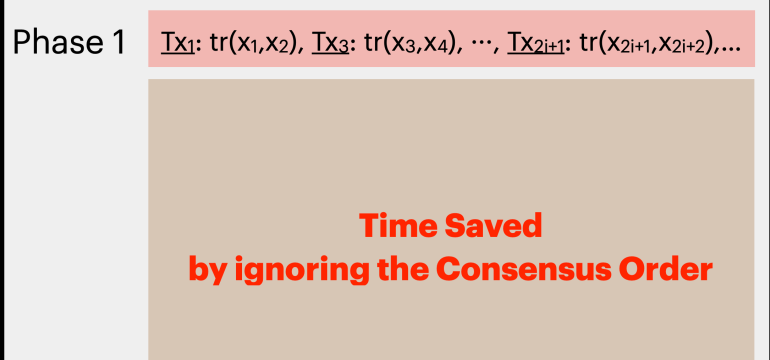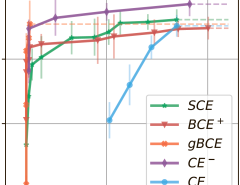Authors: Yaron Hay, Roy Friedman
Published on: February 08, 2024
Impact Score: 8.3
Arxiv code: Arxiv:2402.05535
Summary
- What is new: This study introduces a new framework, Active State Machine Replication (ASMR), focusing on maximizing parallelism in executing smart contracts through analyzing conflict graphs, rather than enforcing a total order.
- Why this is important: The need to improve the performance of blockchain smart contracts, which are currently compute and storage-intensive, by leveraging multicore computers without causing non-deterministic results.
- What the research proposes: A generic framework for ASMR that enables efficient transaction execution engines by focusing on conflict graphs between transactions, and a concept of graph scheduling to handle these conflicts.
- Results: The study establishes the minimal latency scheduling problem as NP-Hard but finds that the homogeneous transactions case can be simplified to the Graph Vertex Coloring Problem. It also discusses the implications of these findings for heterogeneous transactions.
Technical Details
Technological frameworks used: Active State Machine Replication (ASMR)
Models used: Graph Scheduling, Graph Vertex Coloring Problem
Data used: Conflict graphs between transactions
Potential Impact
Blockchain platforms and companies utilizing or providing smart contract technology, especially those focused on the efficiency and scalability of their blockchain solutions.
Want to implement this idea in a business?
We have generated a startup concept here: ChainOptimize.



Leave a Reply